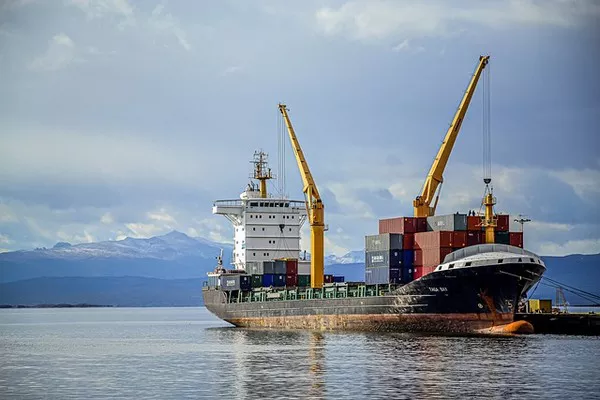Boeing has successfully delivered the inaugural Orca Extra Large Uncrewed Undersea Vehicle (XLUUV) to the U.S. Navy, marking a significant milestone in the development of this new class of autonomous submarines designed for extended and critical missions. The delivery follows the completion of acceptance testing earlier this month.
The Navy’s designation of the XLUUV as “Orca” underscores its role as an autonomous submarine capable of undertaking prolonged and vital missions. Boeing, in collaboration with the Navy, has subjected the Orca to rigorous at-sea testing, including maneuvers both above and below the water’s surface, showcasing the vehicle’s distinctive capabilities.
Boeing’s extensive experience, spanning over 50 years in building and operating undersea vehicles, has culminated in the development of Orca. The company’s journey in autonomous undersea exploration began with the Echo Voyager, a proof-of-concept XLUUV initiated in 2012. Echo Voyager, recognized as the world’s only vehicle of its size and capability, has undergone over 10,000 hours of sea operations, autonomously traversing hundreds of nautical miles.
The Orca XLUUV is a result of Boeing’s innovation and commitment, with the design and development process starting in 2012. It emerged as a precursor to the U.S. Navy’s Orca XLUUV competition. The vehicle’s unique capabilities, including long-range and fully autonomous operations, position it as a game-changing asset for the Navy’s fleet.
Ann Stevens, Vice President of Boeing Maritime and Intelligence Systems, expressed pride in the team’s accomplishments, emphasizing their dedication, innovation, and perseverance in delivering the most advanced and capable Uncrewed Undersea Vehicle in the world. The partnership with the Navy is expected to continue, further contributing to the evolution of autonomous undersea capabilities.

